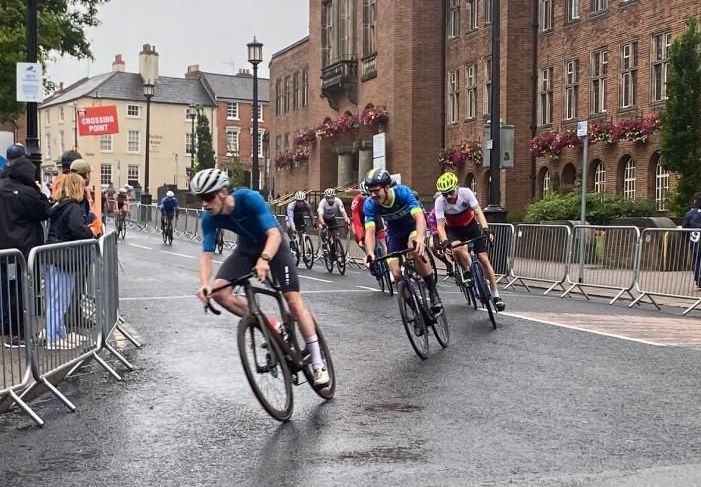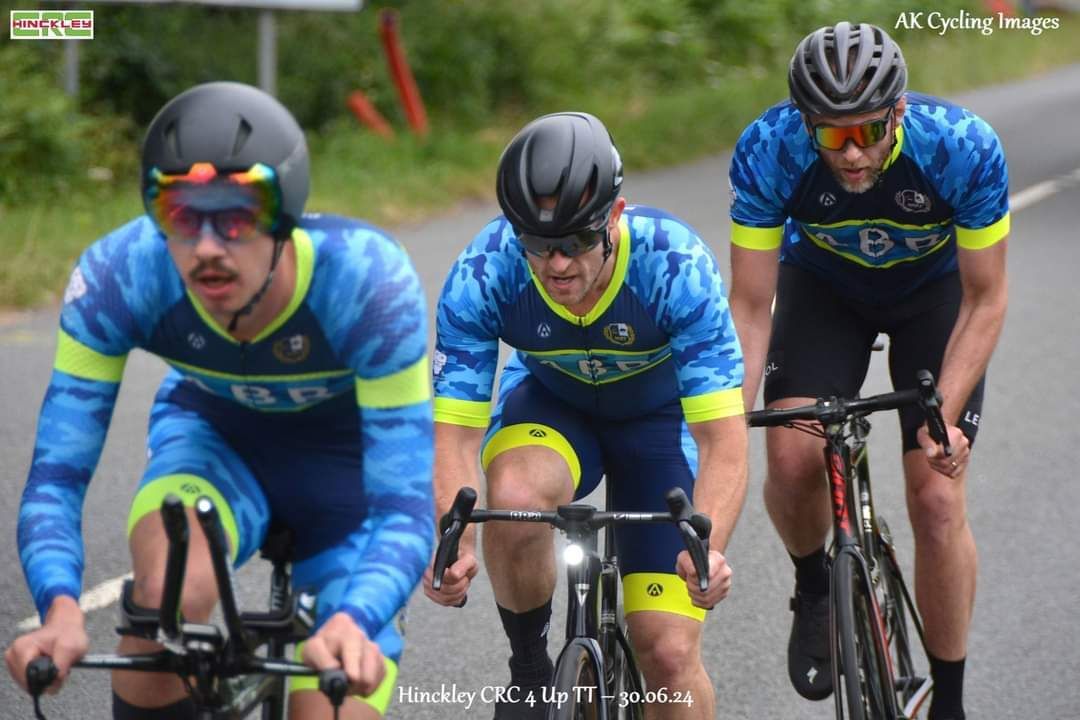Support the ABR Team
Help build a better experience for our ABR cycle team. We spend many hours on a non-paid basis.
What's your Power - pt 2
2. Setting your power zones
Determining your training zones is the most important step when getting
started with a power meter. You have a shiny new power meter fitted to your
bike, it’s time to get out and use your new bit of kit to put yourself on the
fast-track to becoming a better rider. One of the best things about training with power is the ability to set
accurate workouts specific to your goals – it’s undoubtedly the most efficient
way to train so you can achieve exactly what you want on the bike.
Check out some good power meters here
Doing an FTP test will hurt – but it’s a vital step when starting out
with a power meter. There are seven zones and each will bring around a specific adaptation in
your fitness, whether it’s working on your endurance in zone two or your
top-end sprint in zone seven. However, before you can utilize your personal training zones, you need to
first determine what they are and the best way to do this is to perform a
Functional Threshold Power or FTP test. FTP represents roughly the equivalent to power you can sustain for a
prolonged period of time. we’ll look at how to do an FTP test, key things to
consider when doing a test and how to set your power zones based on the
results.
What is an FTP test? To do a FTP test properly you need to be fresh, so the first thing youneed to do is to introduce a small taper in your training to ensure you arefeeling good and motivated on test day. As a trainer I like to use a 20-minutetest and take 95 per cent of the average power as a best guess of what you cansustain for a longer period, the idea being that if you rode five per centeasier you would be able to sustain that effort for a much longer period. Doinga shorter test which takes less out of you means you can test and retest moreoften without missing too much training. Re-testing on a regular basis keepsyour zones current and correct, and ensures you are getting the most out ofyour training at all times. Your powerzones will help you set accurate training sessions so you can achieve yourgoals quicker
The FTP test session - a 20-minute effort. The idea is to leave it all out on the road buttry and ride as consistently as possible throughout. A perfectly-paced FTP testwould results in a consistent output for 19 minutes, before a final sprint atthe end where you get the last little bit of power out. At the end, you shouldbe empty – but whatever you do, don’t set off too hard! After the test youwill need to take some time to cool down. Don’t stop straight away – instead,give yourself a minimum of five minutes of gentle spinning to cool down andstart the recovery process. A number of powerzone models exist, but we will use the seven-zone model also used by Strava.
Key things to thinkabout. I will now look atin more detail, whether to do your FTP test inside on the turbo trainer or outside onthe road. At first, doing a FTP test on the turbo seems perfect – noroundabouts to get in the way, no descents to freewheel on, just you pedalingas hard as you can for 20 minutes. Yes, this is a greatway to get a 20-minute power test done but you can’t expect an FTP test on theturbo to give you the same numbers – and, therefore, the same zones – as an FTPtest performed on the road.
There are tworeasons for this. First, no two power meters measure exactly the same, so ifyour turbo trainer has a built-in power meter, like many modern smart trainers do, you can’t expect an FTP of 250 watts to be the same on your power meter on your bike as the one in your turbo. If you are going to do an FTP test on theturbo you need to measure it using the power meter you will use out on theroad. Secondly, the wayyou produce power on the turbo trainer is slightly different than out on theroad. On the road there is far more variability because of all the externalsfactors: changes in road conditions, little undulations in the road, wind etc.You might not see these small changes in power output on your head unit butthey are there.
Some riders will beable to produce more power on the turbo, others less – as a personal trainer, I have seen both cases. An FTP test on the turbo will give you a good baseline but it won’t be 100 per cent accurate for efforts on the road; likewise an FTP test on the road won’t be 100 per cent accurate on the turbo. For the best results, in the past I have asked my cycling clients to do use indoor for winter training and outdoor tests for summer training and competing in events, so they can then use the relevant zones depending on what they are achieving at the time.
How to set your power zones. Once you have done your FTP test, it’s time to calculate your training zones. Take your average power for 20 minutes (not your normalized power) and find 95 per cent of that number (multiply it by 0.95) – this is your FTP. Now you have your FTP you can calculate your training zones. There are a number of different power zone models buI always focus on the seven zone model used by Strava.
| Zone |
Percentage of FTP power |
| Zone one – Recovery |
<55% |
| Zone two – Endurance |
55-75% |
| Zone three – Tempo |
76-90% |
| Zone four – Threshold |
91-105% |
| Zone five – Vo2 max |
106-120% |
| Zone six – Anaerobic |
121-150% |
| Zone seven – Neuromuscular |
>150% |
So there you have it – you have done your FTP test and now have power zones to use in your training sessions.
ABR blogs are brought to you by Bloobo.com Website Builders.
What do they do?
Bloobo.com offers a wide range of services nationwide, all serviced from their offices in Derby.
Services include: Website Builder. Mobile apps. Marketing
They will work with you to design and build your website to match your brand, help attract new customers and manage social media and marketing consultancy.
Everything is designed for your brand and they offer great value whilst guaranteeing high quality.















